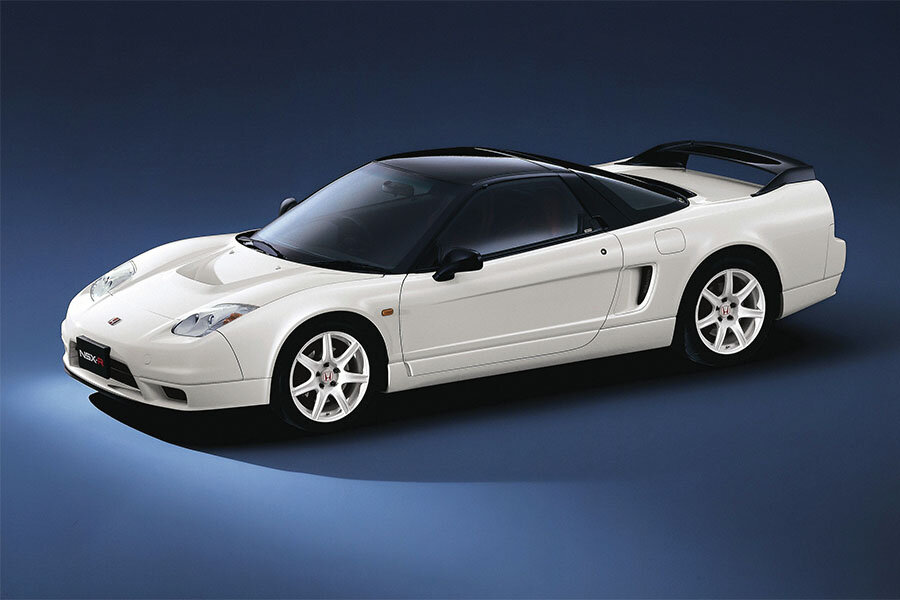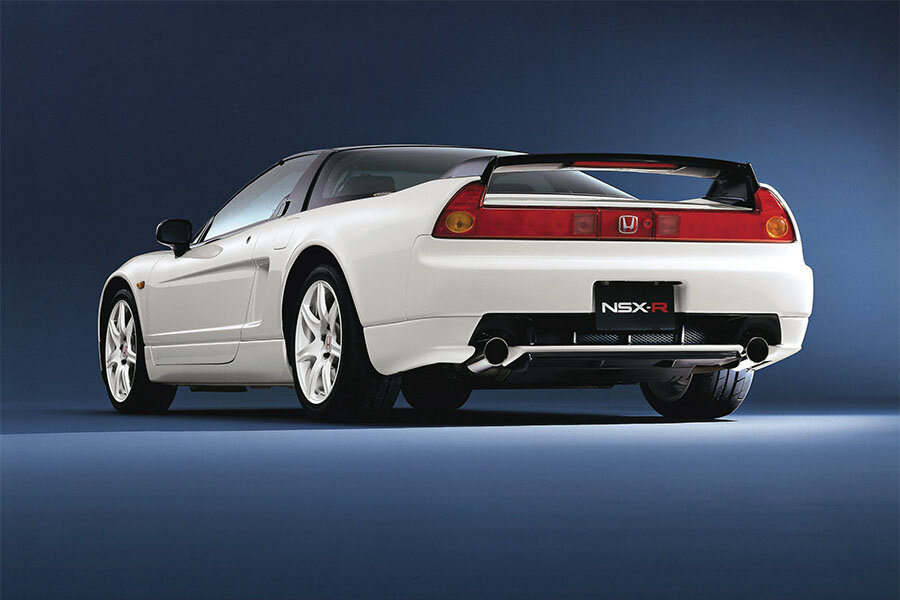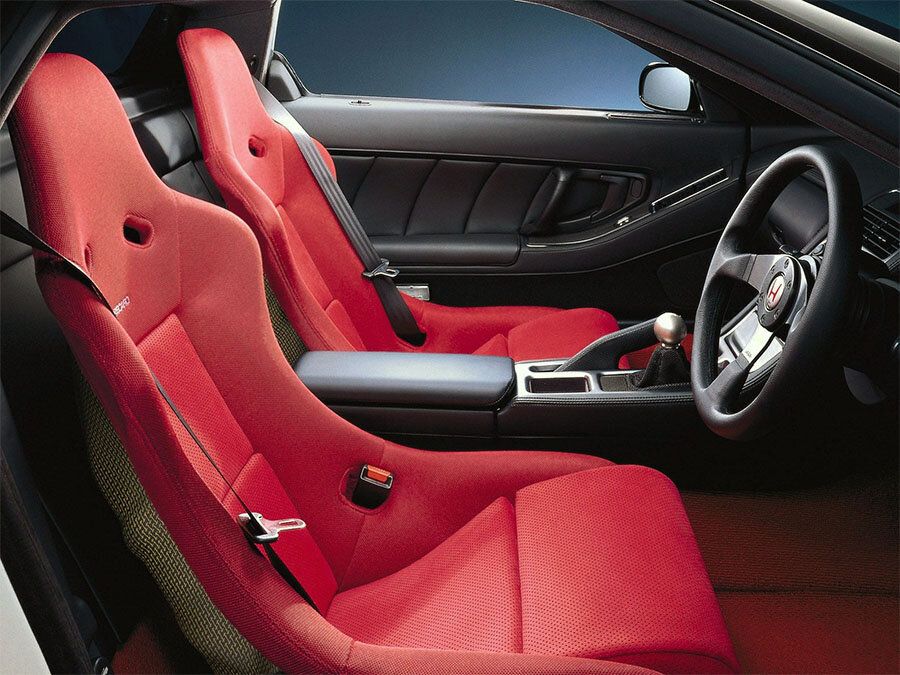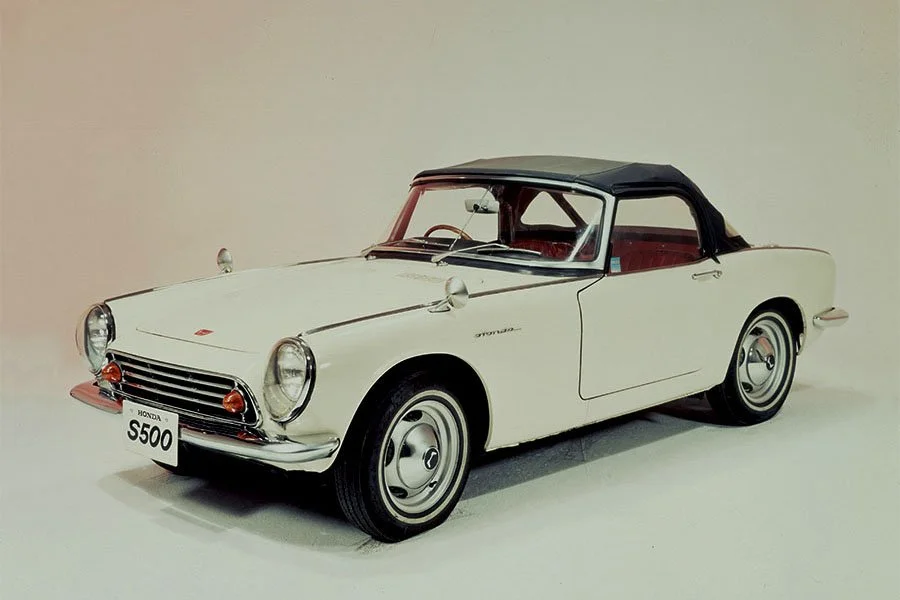Guide: Old but Gold - a Historical & Technical Appraisal of the Honda NSX 3.2 Type R
/BACKGROUND
Soon after the facelifted NSX appeared in late 2001, Honda released a second iteration of the fabled NSX Type R.
By this time, the Japanese firm had also produced Type R versions of the Integra, Accord and Civic, all of which had been well received by customers and road testers alike.
This latest NSX Type R would take a similar approach to its predecessor with less weight, uprated suspension and a specially prepared engine.
The original NSX Type R had entered production in November 1992 when its most obvious rival had been the similarly pared down Porsche 911 Carrera RS (type 964).
Since then, Porsche had produced another two generations of 911: the 993 and 996. A Carrera RS version of the air-cooled 993 preceded the switch to the water-cooled 996 at which point Porsche’s high performance driver’s 911 was given the new GT3 moniker.
By contrast, despite its 2001 facelift and the arrival of a bigger 3.2-litre engine in 1997, the NSX was still very much the same car launched back in 1989. With such an old platform, the fact Honda’s latest NSX Type R went on to win several performance car of the year awards was indicative of just how right the original package had been.
Released in May 2002, the second series NSX Type R was offered exclusively for the Japanese Domestic Market and could only be ordered as a Coupe.
CHASSIS
Honda’s extruded aluminium monocoque bodyshell was unchanged.
The double wishbone suspension with forged control arms was modified to make it more track-oriented. Anti-roll bars, bushes, coil springs and dampers were all stiffened to give more rear-end grip and reduce the spring bias of the original.
Braking was via an independent four-channel ABS system with 298mm diameter ventilated discs all round. Beefier pads were installed to increase fade-resistance.
New lightweight forged BBS alloy wheels were unique to this latest NSX-R. They always came painted Championship White and, like the regular NSX, measured 17 x 7-inches at the front and 17 x 9-inches at the rear.
Special Bridgestone Potenza tyres were developed to suit.
To save weight and give a more involved driving experience, NSX-Rs had no power steering.
Other weight-saving measures included a smaller battery, a lighter rear damper beam and an aerosol-type puncture repair kit instead of a spare wheel and tyre.
A standard 70-litre fuel tank was retained.
INTERIOR
Inside, the power door locks, electric mirrors, floor undercoating and melt sheet, rear bulkhead insulation and electric boot switch were deleted.
Thinner single pane rear partition glass was fitted along with lightweight floor carpet.
There was originally neither an audio system or air-conditioning.
New features included Recaro carbon kevlar seats upholstered in fireproof red fabric, a custom ball-shaped titanium shift knob, a lightweight shift gaiter and leather Momo steering wheel (without airbag).
ENGINE / TRANSMISSION
Although Honda’s quoted power output for the NSX-R was officially unchanged (290bhp at 7100rpm), this was a ruse to avoid having to re-apply for type approval. In reality, the engines used in these cars were considerably more powerful as they were blueprinted and hand-assembled to extremely fine tolerances.
Everything was precision weighed and matched; the entire rotating assembly (pistons, connecting rods, crankshaft, clutch case and pulley assembly) was balanced to ten times the level of accuracy of a normal NSX engine.
Bearing metal was measured and matched for more precise clearances and reduced friction.
Displacement of the all-alloy DOHC 90° V6 was unchanged at 3179cc thanks to a bore and stroke of 93mm and 78mm respectively.
The 10.2:1 compression ratio and Honda’s own PGM-Fi fuel-injection were carried over from the regular model. The torque rating was 224lb-ft at 5300rpm.
Transmission was via six-speed manual gearbox with lower final gear ratio for faster acceleration.
A limited-slip differential was standard and the electronic drive-by-wire throttle was custom tuned.
The NSX-R also came with a more sensitive accelerator pedal with shorter stroke for improved throttle response.
BODYWORK
Cosmetically, a number of new lightweight aerodynamic devices were added to improve handling and stability.
Honda fitted a vented carbonfibre front lid which, at the time, was said to be largest single panel made from this material used on a production road car.
A carbonfibre bootlid was also installed complete with a much bigger spoiler. The spoiler’s central element was painted gloss black to match the roof while the rest of the bodywork was always finished in Championship White.
Unique to the NSX-R were Championship White headlight surrounds (instead of silver).
To further improve the aerodynamics, a finned front undercover and rear diffuser were fitted.
OPTIONS
Options included the reinstatement of air-conditioning, driver and passenger airbags, a Bose sound system and HID headlights.
WEIGHT / PERFORMANCE
The NSX-R offered a weight reduction of almost 100kg (now 1270kg).
Performance was considerably improved.
Because of the increased downforce, top speed stayed at 175mph, but in-gear acceleration was much faster. 0-62mph now took 4.6 seconds instead of 5.3.
PRODUCTION
Produced for one year only, an estimated 140 of these second series NSX Type Rs were built, all of which were right-hand drive.
Text copyright: Supercar Nostalgia
Photo copyright: Honda - https://global.honda/



































